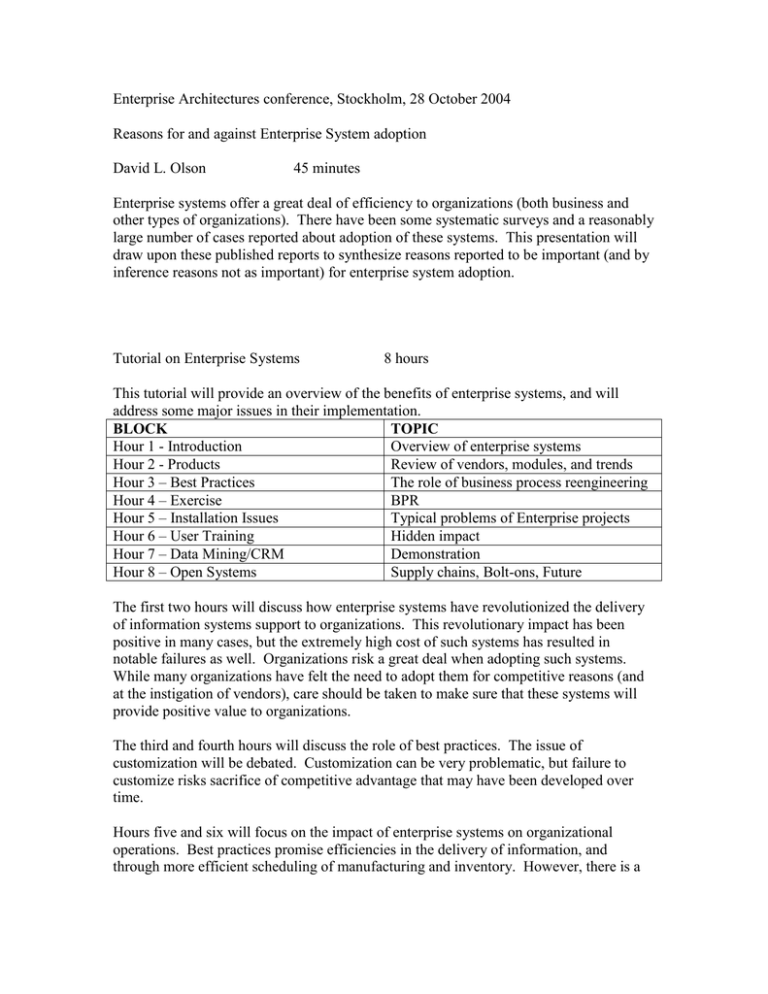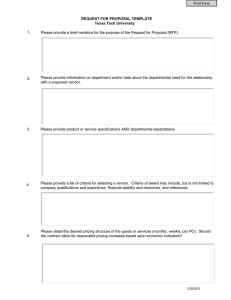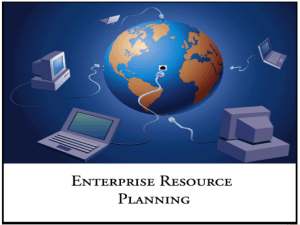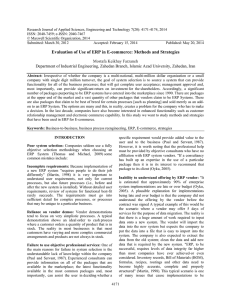Enterprise Architectures conference, Stockholm, 28 October 2004
advertisement

Enterprise Architectures conference, Stockholm, 28 October 2004 Reasons for and against Enterprise System adoption David L. Olson 45 minutes Enterprise systems offer a great deal of efficiency to organizations (both business and other types of organizations). There have been some systematic surveys and a reasonably large number of cases reported about adoption of these systems. This presentation will draw upon these published reports to synthesize reasons reported to be important (and by inference reasons not as important) for enterprise system adoption. Tutorial on Enterprise Systems 8 hours This tutorial will provide an overview of the benefits of enterprise systems, and will address some major issues in their implementation. BLOCK TOPIC Hour 1 - Introduction Overview of enterprise systems Hour 2 - Products Review of vendors, modules, and trends Hour 3 – Best Practices The role of business process reengineering Hour 4 – Exercise BPR Hour 5 – Installation Issues Typical problems of Enterprise projects Hour 6 – User Training Hidden impact Hour 7 – Data Mining/CRM Demonstration Hour 8 – Open Systems Supply chains, Bolt-ons, Future The first two hours will discuss how enterprise systems have revolutionized the delivery of information systems support to organizations. This revolutionary impact has been positive in many cases, but the extremely high cost of such systems has resulted in notable failures as well. Organizations risk a great deal when adopting such systems. While many organizations have felt the need to adopt them for competitive reasons (and at the instigation of vendors), care should be taken to make sure that these systems will provide positive value to organizations. The third and fourth hours will discuss the role of best practices. The issue of customization will be debated. Customization can be very problematic, but failure to customize risks sacrifice of competitive advantage that may have been developed over time. Hours five and six will focus on the impact of enterprise systems on organizational operations. Best practices promise efficiencies in the delivery of information, and through more efficient scheduling of manufacturing and inventory. However, there is a massive impact on the way in which business is conducted. This can lead to high levels of turnover, which involves hidden costs to the organization. Hours seven and eight will discuss newer developments in enterprise systems, and the impact of open systems. Discussions Hour 2 There is a major tradeoff between adopting vendor software as is and customizing to meet organizational needs. What are the risk issues involved in customizing (modifying) vendor software? What do organizations sacrifice when they adopt vendor software as is? Dell’s system described still included ERP support for human resources. Discuss the positive and negative aspects of Dell’s decision. The Siemens example included coordination of an installation team where the organization, the vendor, and consultants were represented. Is this a good strategy? What risks need to be controlled? Hour 3 Business process reengineering has been cited as a needed step in ERP system benefit to organizations. Describe successes you have had with BPR. Describe problems you have encountered in implementing BPR. Exercise Hour 4 Divide into groups of 5 people (plus) Spend 20 minutes describing a process (or processes) used to select information systems projects (which can include ERP systems) After 20 minutes, regroup everyone, and share process descriptions. Synthesize alternatives, and discuss pros and cons of each. Discussion Hour 5 The best of breed approach has been used, but not by many organizations. Why not? The systems failure method amounts to researching attempts of other organizations to do things you plan to do. Vendors obviously emphasize success stories, while the literature is biased toward negative reports. Discuss the value (and risks) associated with discussing proposed projects with peers (such as over golf). Discuss the positive and negative features of using application service providers. Why does this alternative defy cost-benefit analysis? Discussion Hour 6 User training is a key element of ERP implementations, usually overlooked by implementing organizations. The degree of training required can vary depending upon whether vendor systems are adopted as is, or if vendor systems are customized. Discuss these differences. Why is training usually a surprising hidden cost to organizations? Discussion Hour 7 Discuss data mining opportunities available from ERP systems in various organizations.







